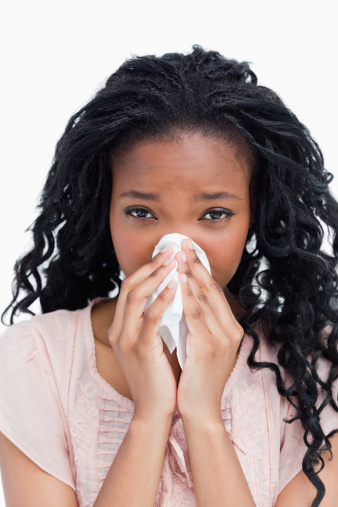
Mould allergy levels tend to rise during the change of season, especially during wet and mild weather.

Outdoor mould can be found on fallen and rotting leaves and grass cuttings while indoor is found on damp walls, refrigerators (if not cleaned regularly), as well as under wallpaper and in the soil of houseplants. Kitchens and bathrooms are hotspots. Mould microorganisms can irritate the skin, nasal and chest membranes, triggering colds and flu-like symptoms such as hay fever, itchy eyes, dark circles under the eyes, coughing, eczema and even asthma.
Mariska van Aswegen, spokesperson of prevention-minded allergy pharmaceutical firm, Pharma Dynamics, says mould microorganisms are in abundance everywhere this time of the year. She offers the following tips:
- Ventilate your home to prevent mould growth.
- Wear a face mask when clearing your garden of fallen leaves.
- Close bathroom doors when bathing to prevent steam from entering the rest of the house.
- Clean your fridge regularly.
- Don’t hang clothes in damp cupboards.
- Leave your wardrobe doors partly open to ventilate clothes.
- Get rid of old foam mattresses, piles of old newspapers or magazines where mould tends to grow.
- Don’t burn damp firewood. This will make you sick from bacteria, mould, mildew and fungus.
- Paraffin and bottled gas heaters generate large amounts of moisture, so try to avoid using them.




